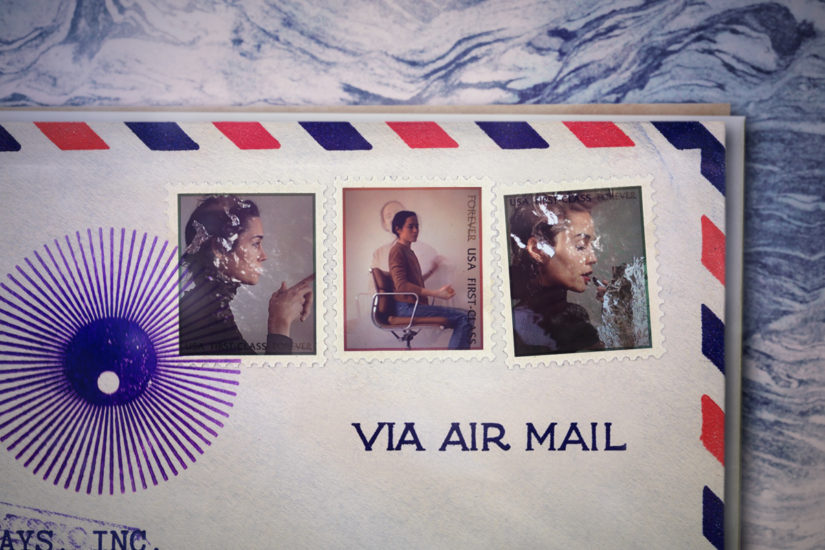FAMOUS TO ME celebrates the notable residents of the internet: charming characters, dedicated professionals, the headstrong, the bold, our true gems. Some of our readers may be unfamiliar with these local personalities, but those of us with the good fortune of knowing them from around town know they deserve recognition for their work, warmth and integrity. If you’d like to nominate someone for this honor, please mail it in. This week’s star: Isabella Killoran, in pictures.
I am deeply prejudiced against those who use Instagram to stage mini-performances that point to a more expansive drama than the platform allows. It’s either too accessible, or it feels like Cindy Sherman cosplay. Yet I grant special allowance for the gorgeous long con of @isabellakilloran, whose feed comprises cryptic (but not too cryptic) images and videos that seem like dispatches from a Euro-sensual movie of the late ’80s. Very Babette’s Feast-colored: mostly honey-brown draperies, amber walls, pink and silver cuts of fish sheathed in damp plastic; still lifes of stoppered perfume bottles; a bulb of garlic held tenderly at chest-level, face cropped out and shrouded in grained darkness. Occasionally, a picture will be geotagged “Marrakech,” which seems of a piece. I love Killoran, but not enough to pursue her work beyond Instagram. I prefer her in my phone, each image she posts a window through my device into her exceptional world.
It’s not the water-stained walls and artfully arranged seashells that make her images so distinctive. This stuff is nice, yes, but I’m here for the hands. Killoran’s are the yin to #nailspo Instagram’s yang: unmanicured, partially concealed, artless in themselves. Both speak to the aesthetic potential of hands, although the latter treats them more or less as a ten-canvas gallery. In Killoran’s feed, hands are not the background, but the story.
No one really knows what to do with their hands when posing for a picture, which is why ungainly hand placement ends up being such a rich source of story. Hands are evergreen tells, whether we’re white-knuckling our sister’s shoulder or clutching a beleaguered kitten. What we do with these prehensile starfish in private is our own nasty business, but photos render them dismayingly visible.
Killoran’s usage speaks to something beautifully arcane: chironomia — gesture as a form of rhetoric, a precursor to American Sign Language. In 1644, weirdo physician John Bulwer published Chironomia: or the Art of Manual Rhetoric and Chirologia: or the Natural Language of the Hand, a pair of companion texts that, among other things, chart 64 gestures, each with its own nuanced meaning and expression. Adam Kendon, an academic and author of Gesture: Visual Action as Utterance, wrote that “Bulwer regarded these natural motions of the hands and fingers as showing a high degree of eloquence. However, he maintained that if they are to attain their full power they must be shaped by art.”
Chironomia formalized an important aspect of drama and oration, providing some instruction against waving your hands around like bouquets of jerky. The gestures Bulwer marked were a recognizable part of Shakespearian performance, and his renderings are still included in many Acting in Shakespeare texts to this day. They can also be discerned in several important emojis, from prayer hands to devil horns. In day-to-day life, we read gestures intuitively, which is why it’s so unusual when someone foregrounds them: it feels like you’re speaking two languages at once.
Killoran’s gestures are undeniably shaped by art — referring to Baroque and Renaissance paintings with equal parts wit and nonchalance. Hers are not the unheimlich magician hands of Ellen Sirot, but rather something unrehearsed and abstractly maternal. Whether picking up a mother-of-pearl compact, or taking a measurement, or setting a ball (perhaps a plum) on a torn seat cushion — her hands are always tending something, a performance of purpose, unyielding to motion blur.
I can’t say that I would recognize Killoran outside of my phone, but in the movements of someone pruning a rose bush or arranging crackers on a chipped plate, I will see both the eloquence of her gestures and her art.
